New astronomy and space titles reviewed
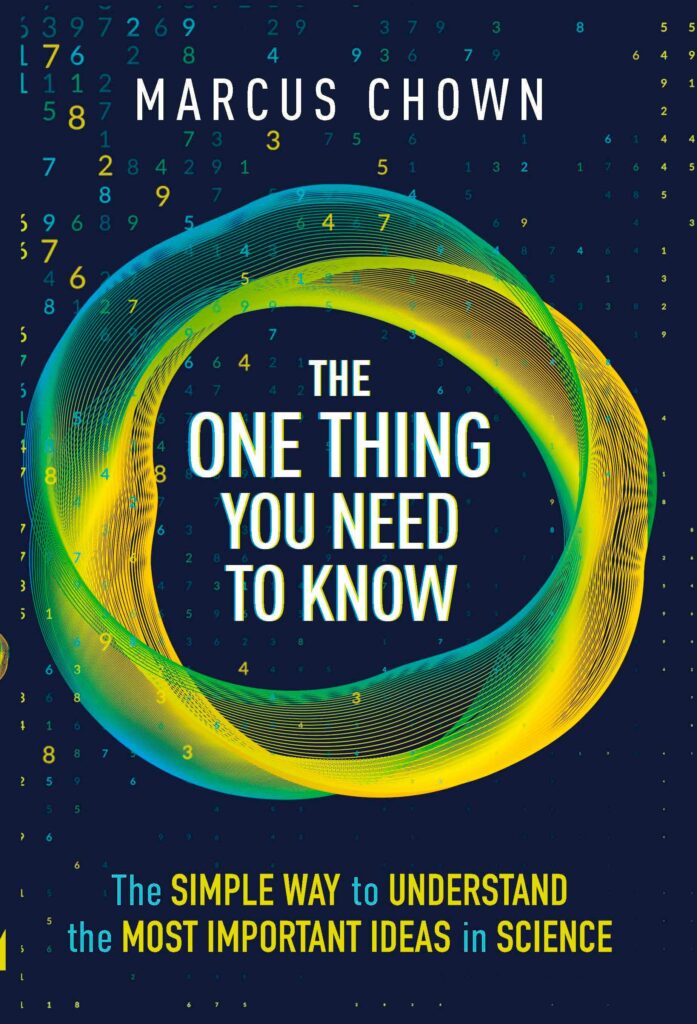
The One Thing You Need To Know
Marcus Chown
Michael O’Mara £16.99 ● HB
Did you know that your stomach generates heat at a greater rate than a chunk of the Sun of the same size? Or that the brain is 10,000 times more energyefficient than a supercomputer? I know I didn’t!
The One Thing You Need To Know by Marcus Chown is a book for those curious about scientific concepts, but who were perhaps put off by the mind-boggling details of typical science books. Because to understand gravitational waves you first need to understand Einsteinian gravity in excruciating detail and be an expert in tensor calculus, right? Wrong!
Chown takes 21 concepts and cleverly starts with just one thing that you need to know to understand that topic, then shows how everything else that follows is a logical consequence. For instance, to understand special relativity, you need to know that light is uncatchable. This structural and thematic approach therefore makes the book accessible to just about every reader. On the whole, Chown does this very well, although perhaps not all of the topics in the book flow from just one idea. But what is equally fantastic about this book is that each chapter is bite-sized, taking only around 15 minutes to read. So, in this world where everyone is time-limited, you can get the idea of quantum theory while your dinner is cooking.
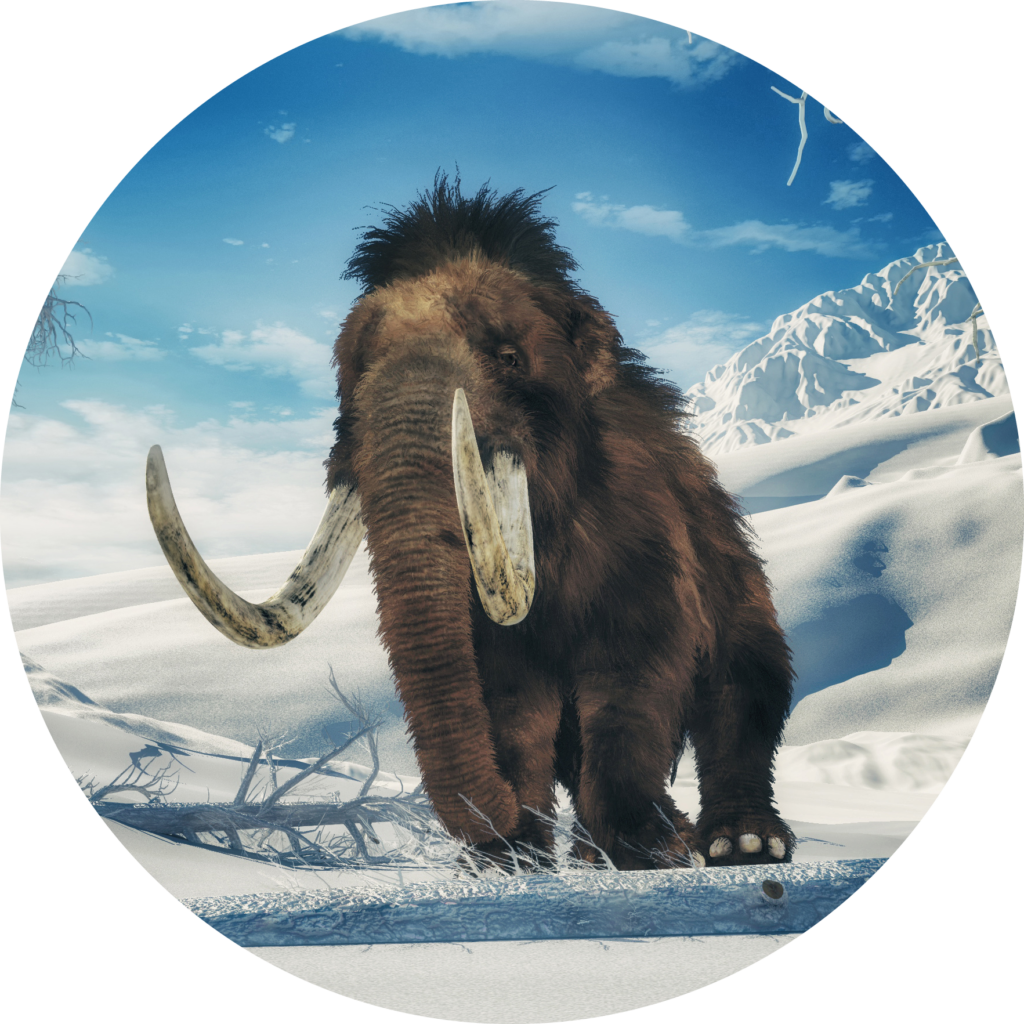
The main themes of the book are astronomy and physics topics, including quantum computers, black holes, the Higgs field and electricity. But it’s refreshing that the author also discusses global warming, plate tectonics and human evolution. At first, these chapter titles may seem out of place among the other subjects covered, but Chown does a good job of making the narrative of the book flow. In addition to the science, he also discusses the people who’ve contributed to our knowledge of some of the subjects, along with cute facts that you will remember, such as today’s sunlight was made at the height of the last Ice Age.
This book will surely spark many people’s interests in science by introducing them to an idea they can understand, be passionate about and pursue further.
Laura Nuttall is a Future Leaders Fellow at the University of Portsmouth
Interview with the author Marcus Chown

How did you select the book’s topics?
I picked topics that were important but which also had something interesting and fun to write about. Global warming is important. But it was interesting for me because I got to write about Eunice Foote, who in 1856 discovered that carbon dioxide traps heat and was the first person in history to speculate that the climate would change if the amount of that gas in the atmosphere changed. She’s been written out of history.
Which topic do we know least about?
The standard model of particle physics, describing how just three fundamental forces glue together three fundamental particles to create the world around us. But the theory does not tell us why the particles have the masses they have, why the forces have the strengths they have, or anything about the two things accounting for 95 per cent of the mass energy of the Universe: dark matter and dark energy. Only experiments and observations can change this, but so far we have had precious few clues!
What scientific challenges lie ahead?
Science, since the Second World War, has become big science, which means finding the money to build bigger experiments on the ground and in space. Persuading taxpayers is hard, especially when what scientists are doing appears increasingly esoteric. But it’s critical that the public and politicians understand science since many of the world’s problems, such as global warming, can be appreciated only with a level of scientific education. That’s why magazines such as this play an important role.
Marcus Chown is a science writer, journalist and broadcaster
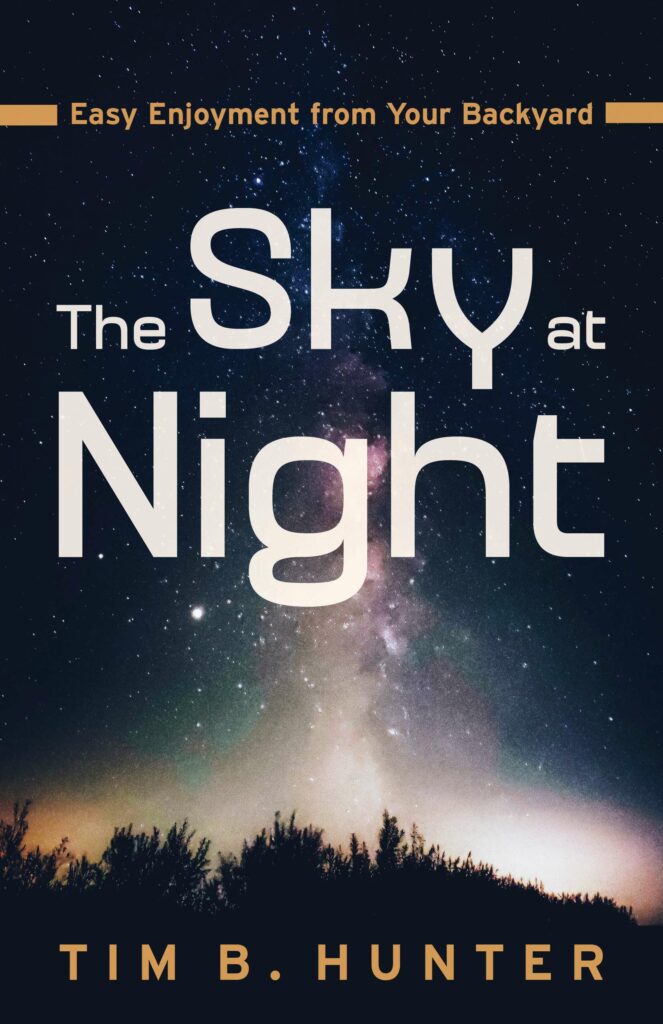
The Sky at Night
Tim Hunter
University of Arizona Press £25.95 ● PB
Sometimes it seems there are as many guides to stargazing as there are stars in the sky. The Sky at Night (which has no connection to this magazine or the BBC series) takes us through the basics of amateur astronomy before dedicating chapters to the Moon, planets and stars, and advice on buying equipment. The book’s unique selling point is its author is one of the founders of the International Dark Sky Association (IDA), as well as a dedicated amateur astronomer.
The informal and friendly tone is ideal for novices who may feel intimidated when faced with the vast night sky, and the diagrams are clear and nicely drawn. But given the emphasis is mostly on naked-eye observations, it would have been appropriate to include more practical advice on dark adaptation. Perhaps because the book started life as a weekly newspaper column, some of the information is repeated: we’re told more than once about solar eclipses and Harvest Moons.
The author’s candid account of how he approached writing a regular column is engaging and it would have been interesting to read more about his work setting up the IDA. The sections describing how the night sky appeared on key historical dates such as the D-Day landings are interesting, but the language used to describe some of these events gets platitudinous and wanders off the subject of astronomy. This is a short guide that covers a lot of ground – and stars – but it perhaps doesn’t add much to a crowded market where there are already several very good guides.
Pippa Goldschmidt is an astronomy and science writer
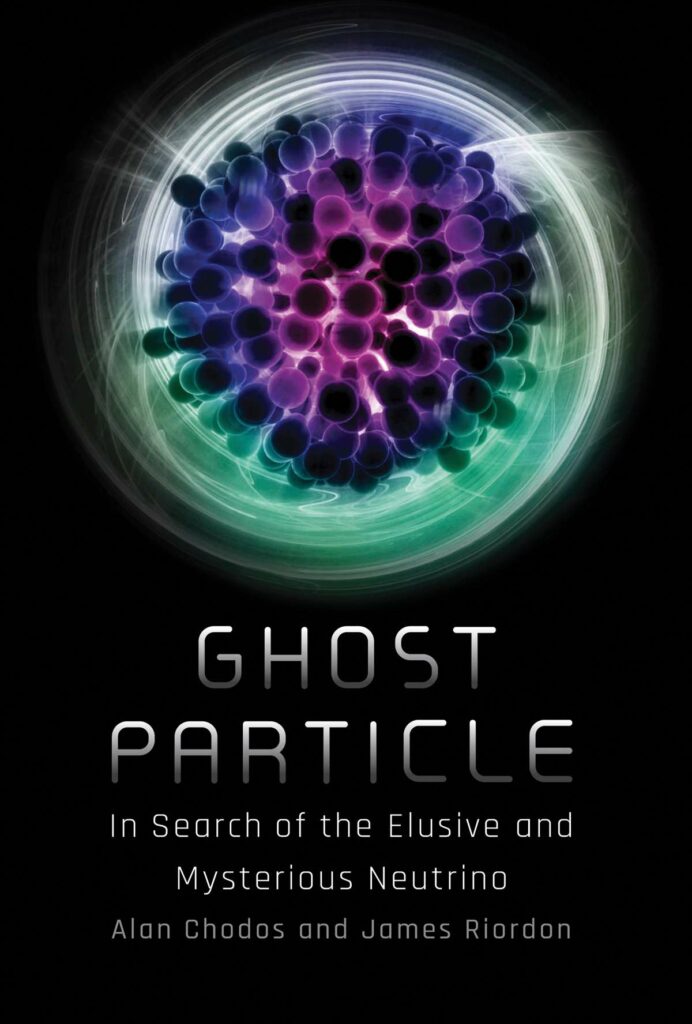
Ghost Particle
Alan Chodos, James Riordon
MIT Press £25 ● HB
Ghost Particle tells the story of the prediction, discovery and observation of one of the Universe’s most elusive particles: the neutrino.
This is really a book about particle physics and seems to be aimed at someone who already has a grasp of basic physics. There are relatively simple explanations of some concepts and analogies abound, but the subject is so complex and (at times) subtle, that some basic familiarity is likely to be essential to avoid getting lost.
After an introductory overview, the book starts by covering the history of the neutrino. Somewhat oddly, the history is not purely chronological, but there’s an organisation by ‘topic’. While this perhaps simplifies having to flit between complex topics, it does mean keeping track can be a little difficult.
Later chapters focus on some of the more bizarre properties of neutrinos and, perhaps surprisingly, possible applications. By the subject’s very nature there are a lot of names, dates and acronyms flying around (particle physicists are seemingly worse than astronomers when it comes to naming experiments!). It’s not an easy or light read; the glossary is over 10 pages long, and some of the explanatory end-notes might have been more useful as footnotes.
Despite one of the authors being the grandson of the co-discoverer of the neutrino, there’s very little in terms of personal stories focusing on the science and history. But if you know a little physics and want to know more about the neutrino, perhaps as a physics student or a keen consumer of popular science, then you’ll glean a lot.
Chris North is Head of Public Engagement at Cardiff University School of Physics and Astronomy
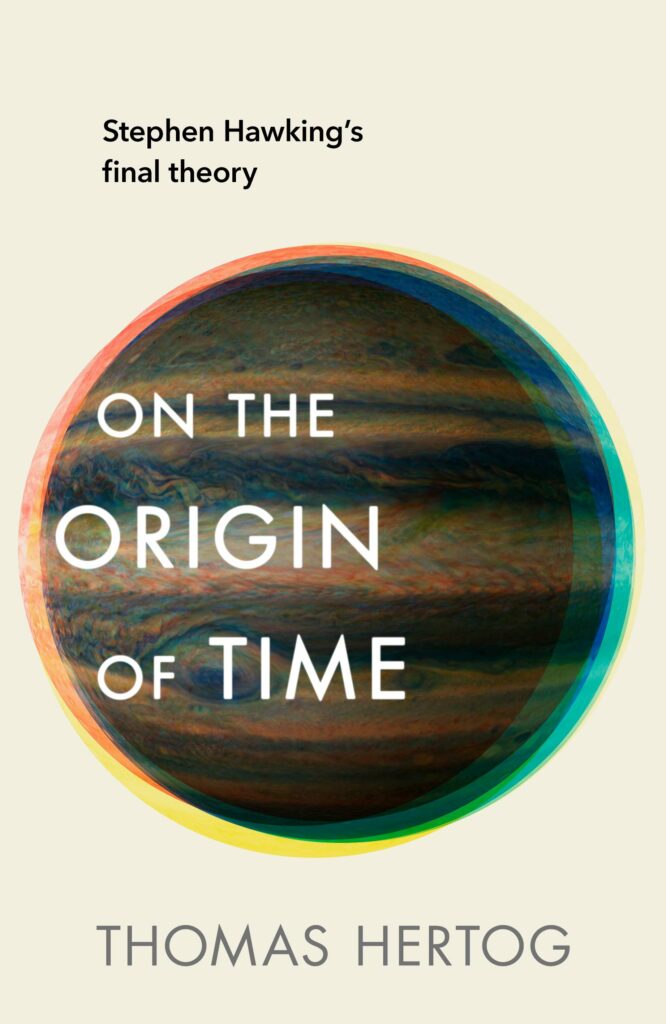
On the Origin of Time
Thomas Hertog
Torva £20 ● HB
Any work staking a claim to the legacy of A Brief History of Time has big shoes to fill. Nevertheless this new book by Hawking’s former doctoral student and collaborator Thomas Hertog comes complete with the bold subtitle ‘Stephen Hawking’s final theory’. And, fortunately, On the Origin of Time is more than up to the task.
Hertog sets out to tell the tale of a quest that has formed the bedrock of his own career and the final two decades of Hawking’s: the search for an explanation of just how our remarkably life-friendly Universe came to arise from among the infinite possibilities embedded in the Big Bang. The result is a new theory of ‘quantum cosmology’ in which longstanding incompatibilities between gravity (described by Einstein’s general relativity) and quantum physics (the fundamentally ‘fuzzy’ description of the subatomic realm) are apparently reconciled.
What’s more, the theory boldly suggests that the laws and constants of nature were neither fixed by an unknown ‘theory of everything’ in the Big Bang itself, nor left unchained to play out in different configurations across the countless bubbles of a multiverse. Instead, Hertog and Hawking suggest that these rules and parameters developed along a sort of evolutionary pathway to become fixed by interactions on the largest scales and (to some extent) through the evidence we gather from the present-day Universe. The chain of discovery and reasoning that underlies all this is complex, but the clarity of Hertog’s explanations, and a wealth of anecdotes from his work with Hawking, ensure one is rarely lost, and makes for a hugely rewarding read.
Giles Sparrow is a science writer and Royal Astronomical Society fellow